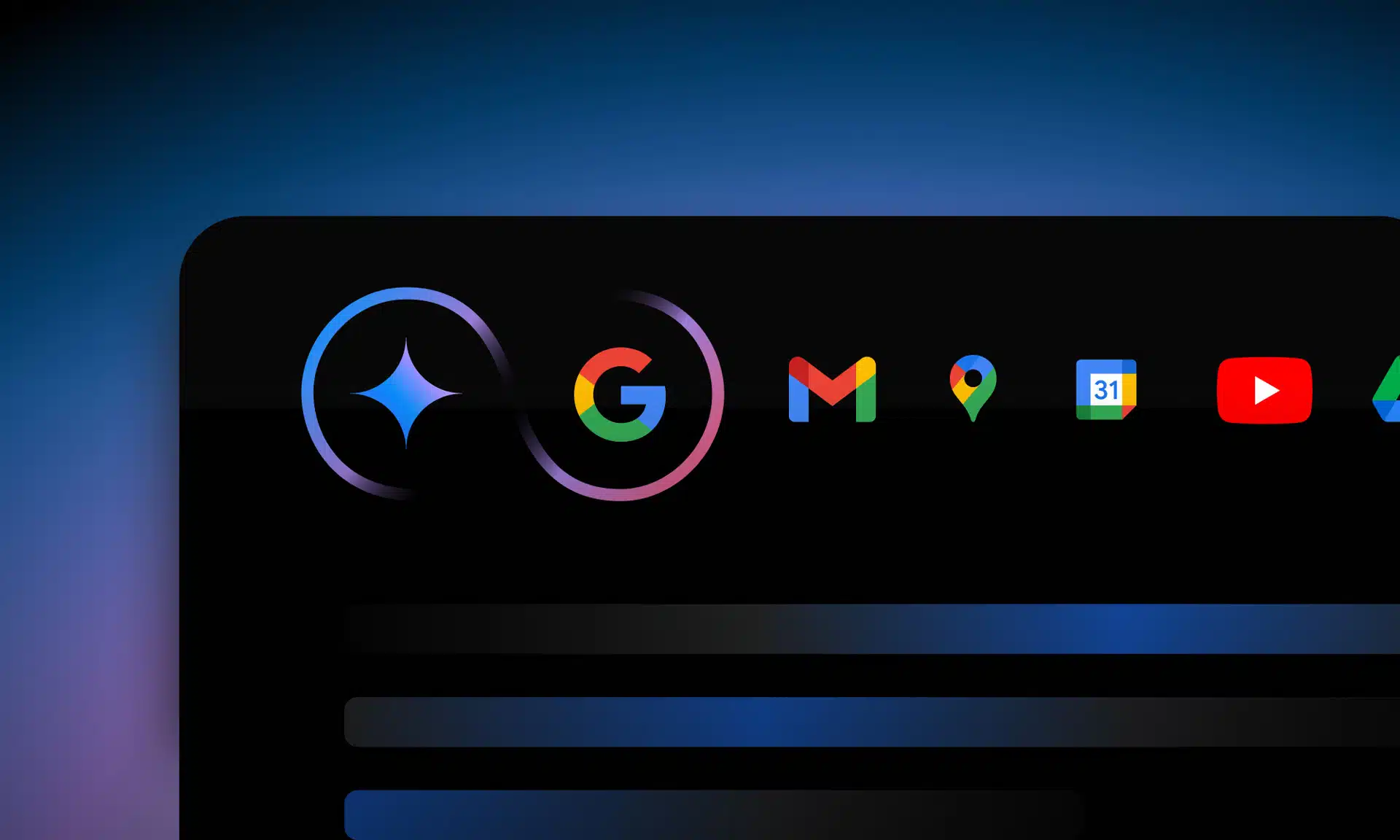Google publishes new link best practices
This help document went from basics on crawlable links to a much more robust link best practices.
Google has published a new link best practices in their SEO and search developer documentation. Originally it was a document about how to create crawlable links, but the document has been to include not just how to make links crawlable but also:
- Anchor text placements
- How to write good anchor text
- Internal links within your content
- External links from other sites
Crawlable links
The first section is very similar to the original document, which you can see on the Wayback Machine. The new document now reads, “Generally, Google can only crawl your link if it’s an <a> HTML element (also known as anchor element) with an href attribute. Most links in other formats won’t be parsed and extracted by Google’s crawlers. Google can’t reliably extract URLs from <a> elements that don’t have an href attribute or other tags that perform as links because of script events. Here are examples of links that Google can and can’t parse:”
Anchor text placement
Google said, “Anchor text (also known as link text) is the visible text of a link. This text tells people and Google something about the page you’re linking to. Place anchor text between <a> elements that Google can crawl.”
Google also provides some examples of good and bad written placement anchor text.
Writing anchor text
This is another new section where Google wrote, “Good anchor text is descriptive, reasonably concise, and relevant to the page that it’s on and to the page it links to. It provides context for the link, and sets the expectation for your readers. The better your anchor text, the easier it is for people to navigate your site and for Google to understand what the page you’re linking to is about.”
Google also provides some examples of good and bad written anchor text.
Internal links
Google notes that there is no specific number of links you need and writes, “You may usually think about linking in terms of pointing to external websites, but paying more attention to the anchor text used for internal links can help both people and Google make sense of your site more easily and find other pages on your site. Every page you care about should have a link from at least one other page on your site. Think about what other resources on your site could help your readers understand a given page on your site, and link to those pages in context.”
External links
Google talks about the trust factor of links, how sites who link to you can do so, using the nofollow for spammy links and what about paid links.
Google wrote, “Linking to other sites isn’t something to be scared of; in fact, using external links can help establish trustworthiness (for example, citing your sources). Link out to external sites when it makes sense, and provide context to your readers about what they can expect.”
Why we care
SEOs are obsessed with links, and rightfully so, they are an important ranking factor for most modern search engines. So anything Google publishes on the topic should be read by SEOs for them to make decisions about how to manage their link building and management practices.
Search Engine Land is owned by Semrush. We remain committed to providing high-quality coverage of marketing topics. Unless otherwise noted, this page’s content was written by either an employee or a paid contractor of Semrush Inc.


